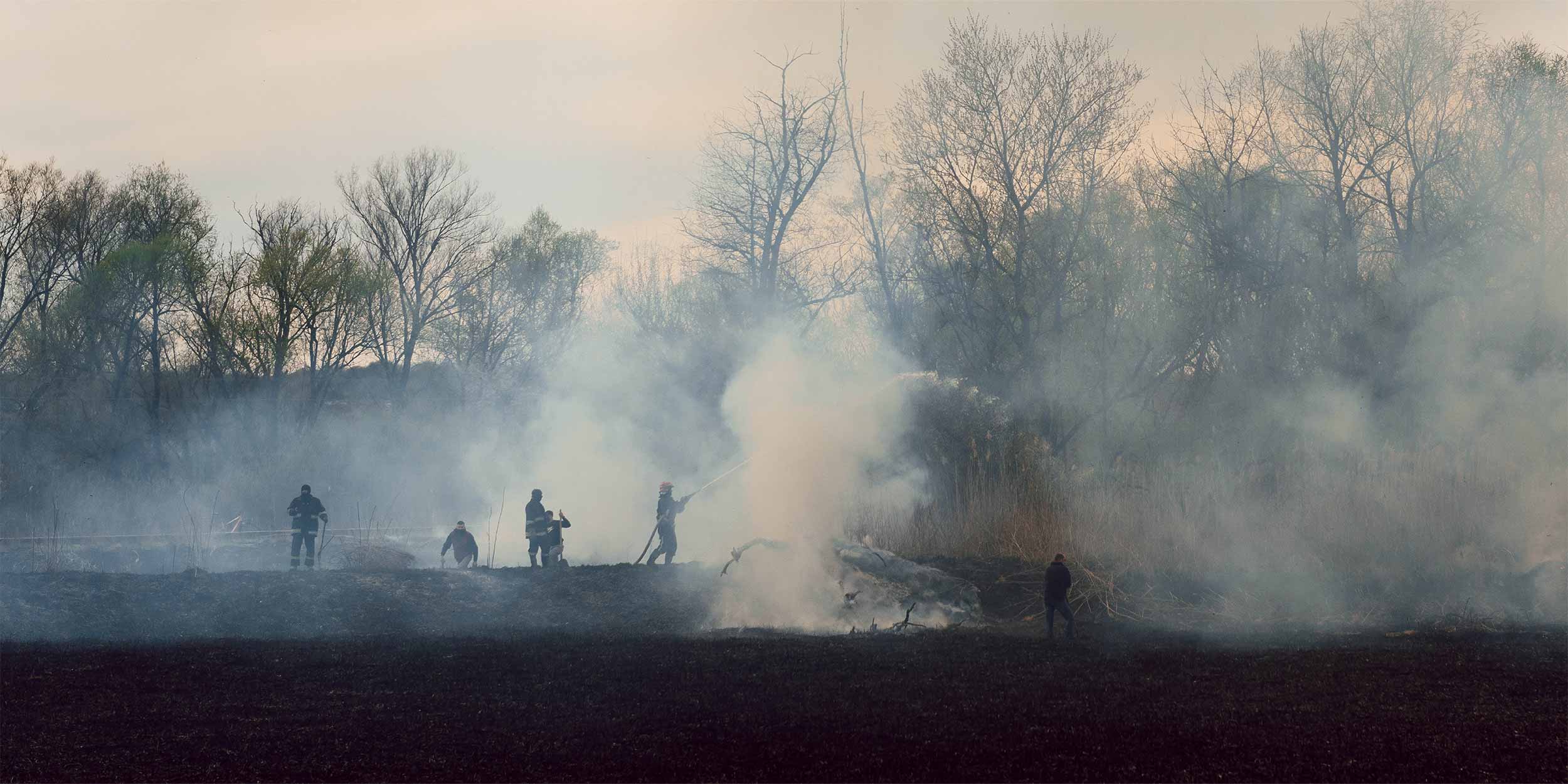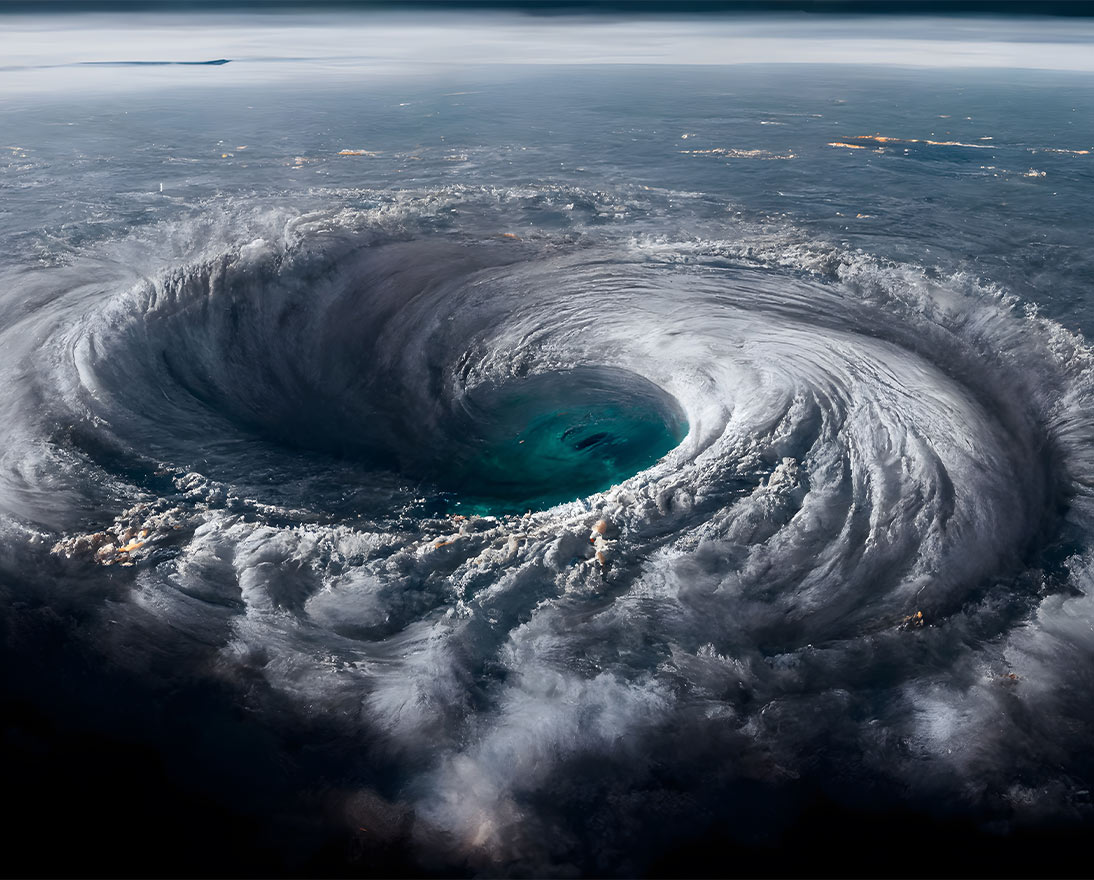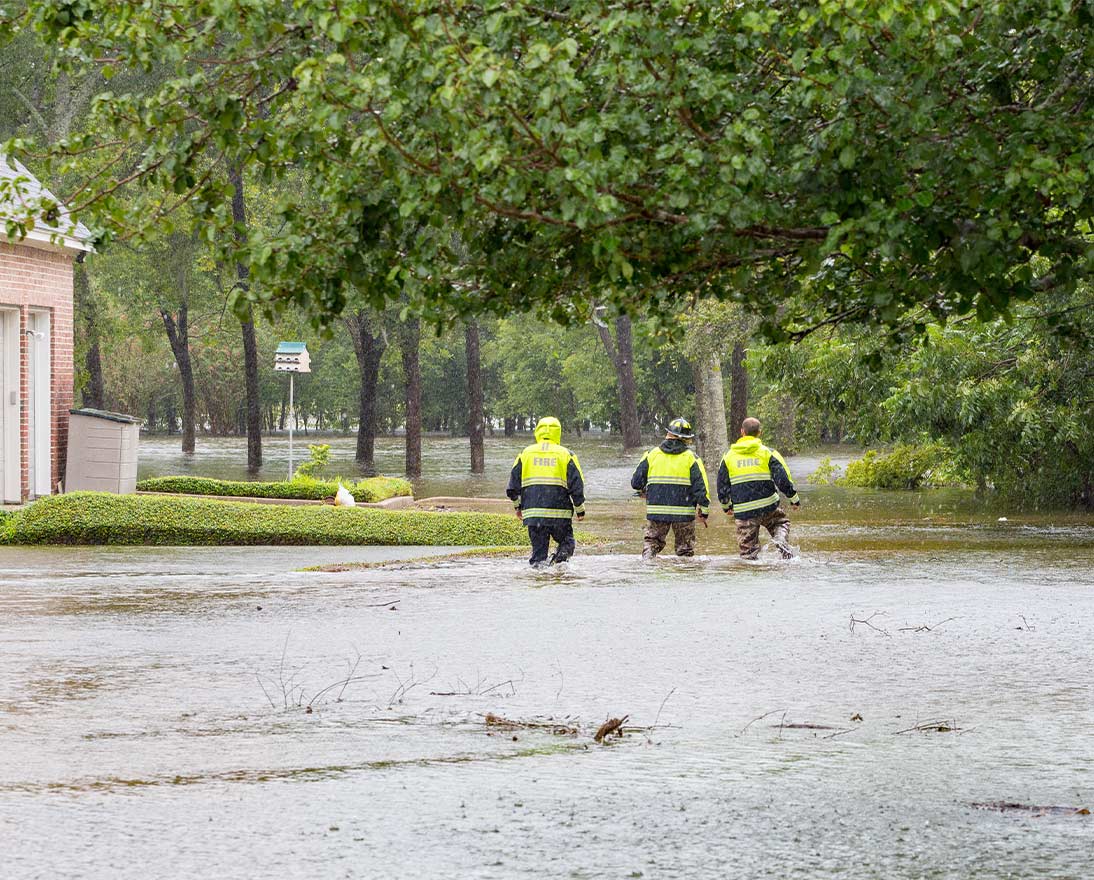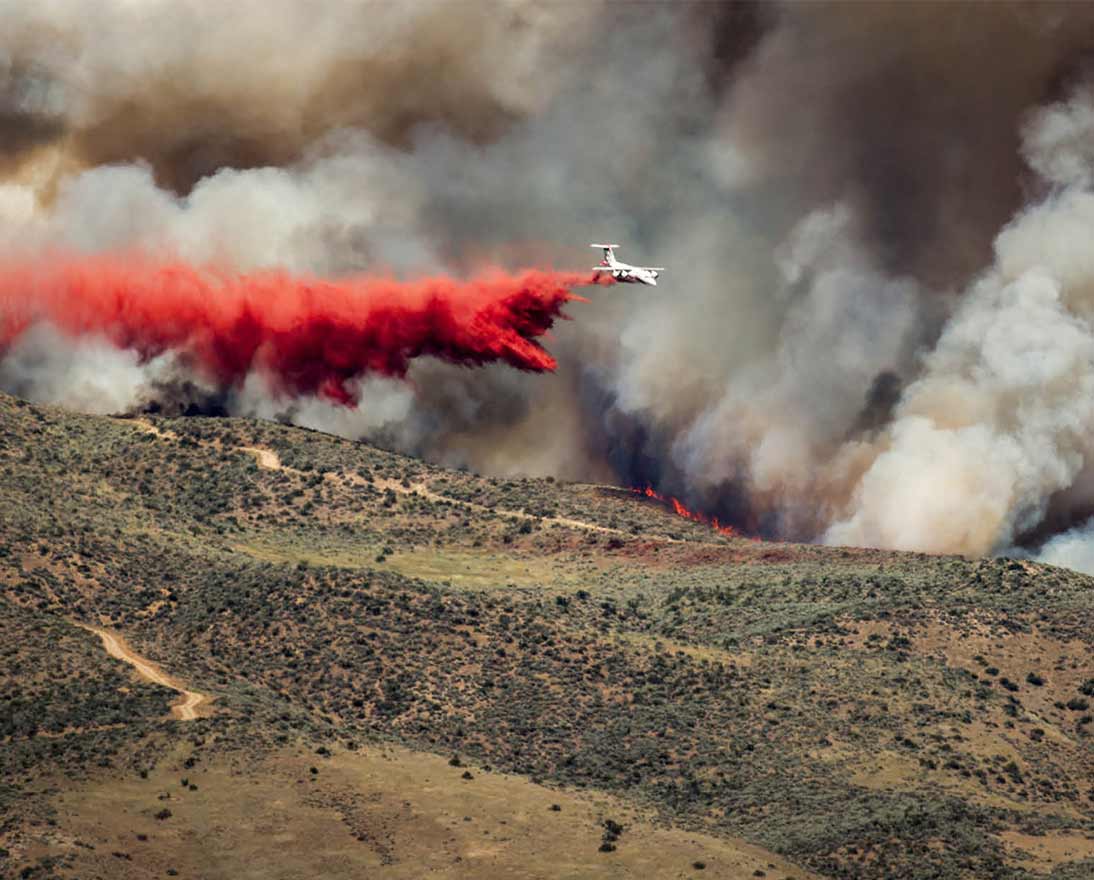Why building resilience makes business sense in the face of extreme weather
Global risksArticleJune 5, 2025
Businesses can no longer afford to underestimate the threat of extreme weather. Building resilience is essential for mitigating risks and safeguarding economic interests.
From tornados and hurricanes to flooding and wildfires, extreme weather events are taking a significant and rising toll – both economic and human – across the world. Over the past decade (2014-2023) they have resulted in approximately USD 2 trillion in economic losses.
It’s no wonder that extreme weather is considered the top risk over a 10-year timeframe, according to the 2025 edition of the World Economic Forum’s Global Risk Report. “The world keeps breaking climate records – and not in a good way,” says Morgane Schwab, Climate Risk Consultant at Zurich Resilience Solutions, the consultancy arm of Zurich Insurance Group. First 2023 became the hottest year on record, then 2024 was even hotter. Despite all this, adds Schwab, “there remains a widespread and persistent inability to truly get our heads around the scale of the potential consequences of the risks.”
Estimated global economic losses from natural catastrophes hit USD 318 billion in 2024. With the frequency and intensity of extreme weather expected to increase in the decades ahead, that figure is only likely to rise.
The insurance gap leaves people vulnerable
Insurance can provide one way of protecting against natural catastrophes – but less than half of the USD 318 billion losses in 2024, or USD 137 billion, were covered by insurance. This insurance gap differs from country to country and by type of disaster: for example, in Europe over the last few decades, a third of losses from storms were covered, but that number falls to around 15 percent for flood losses, and just over 10 percent for losses due to heatwaves, droughts and wildfires.
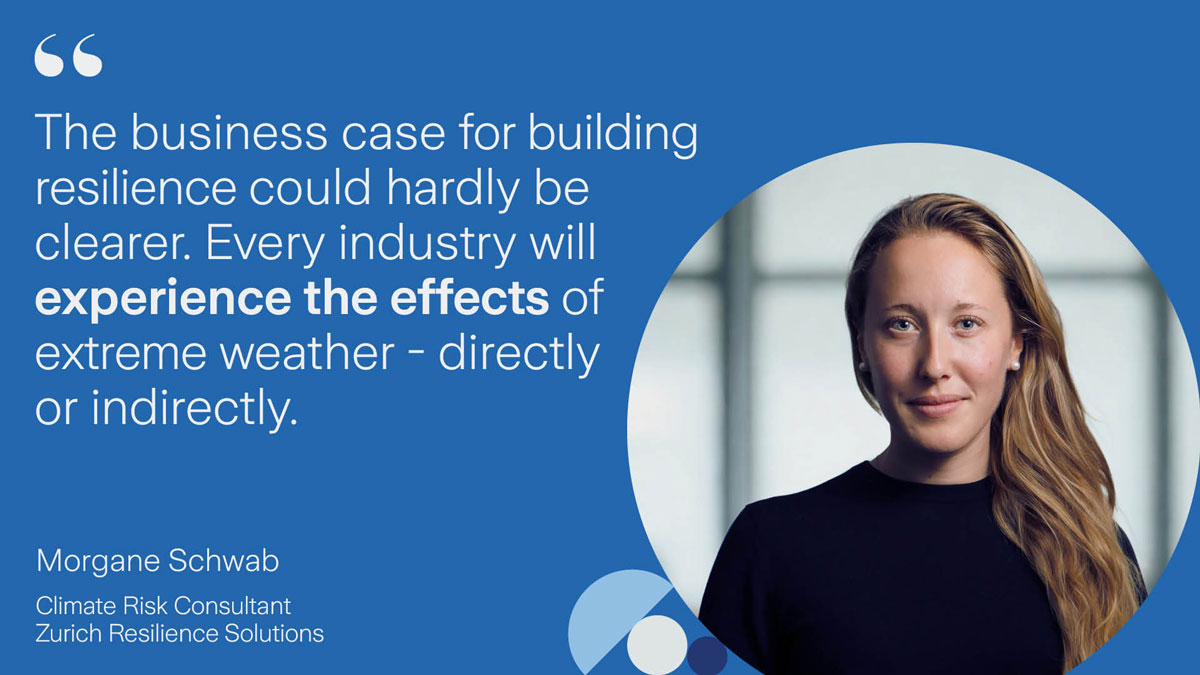
The insurance gap makes people, communities, cities and countries more vulnerable to natural catastrophes – especially in the developing world, where insurance covered only 1 percent of losses from 1980 to 2004. Research shows that for every dollar invested in proactive adaptation strategies, with insurance as complementary protection, USD 13 is saved in potential losses from extreme weather events.
Reasons for lacking insurance include affordability, availability, or underestimating the risk. “Chronic risks are especially likely to remain underestimated,” says Schwab. These include the growing prevalence of heatwaves and coldwaves, water stress, changes in precipitation patterns, and rising sea levels. “The impacts of these chronic risks are often less obvious than those of more acute weather events, but they are no less damaging. Recent events continue to show how extreme weather can ramp up quickly, affecting people on a large scale.”
In early 2025 in Argentina, for example, a prolonged period of high temperatures saw 61 cities record heatwave conditions. As demand for electricity surged, outages in Buenos Aires left hundreds of thousands without power. The extreme heat then created the conditions for extreme levels of precipitation, with the Argentine port city of Bahía Blanca experiencing a third of its typical annual rainfall in just one day.
The business case cuts across sectors
“The business case for building resilience could hardly be clearer,” says Schwab. “The scale, frequency and intensity of extreme weather events means that every industry and every company will increasingly experience its effects, whether directly or indirectly.” These effects include physical damage to buildings, equipment or inventory; operational disruptions, for example from power outages or workers losing productivity due to extreme heat; and operational expenses, such as increase in energy consumption to cool equipment, rising input prices or insurance premiums.
As the Buenos Aires example shows, the energy sector will be especially impacted by extreme heat, with knock-on effects for other industries. Telecommunications and transport infrastructure are also vulnerable to a range of extreme weather events. Risks to the real estate and construction sector are often underestimated, with one recent study forecasting that up to 28 percent of real estate asset value could be impacted by climate hazards by 2050. This will translate into rising costs for customers, tenants, building operators, owners and investors.
“The only way companies can act on the business case for building resilience is if they understand the potential consequences of specific risks and options for adaptation and continuity plans,” says Schwab. Strategies for building resilience can take many forms, including a proactive approach to improving drainage channels around premises so that heavy rainfall is less likely to cause flooding.
“More and more companies are now realizing the need to take chronic climate risks into account, and seeking advice from insurers,” says Schwab. The insurance industry, meanwhile, is continually developing its expertise in terms of measuring, quantifying and modelling exposures to all kinds of climate risk to support climate risk management and adaptation roadmaps of companies and communities.
Asking fundamental questions
Everyone needs to work together – governments, municipalities, communities, businesses, individuals and investors – to solve this interconnected issue. As Schwab says: “That means performing the exercise of asking ourselves fundamental questions about climate risks: How likely is it that a risk will materialize – and if it does, how much will it cost?”
For example: if a heat wave lasts for 25 days, how will that affect business operations and workforce productivity? “Our role at Zurich Resilience Solutions is to work through risks like these,” says Schwab. “We work with companies to translate complicated science into tangible operational outcomes. This enables companies to understand their exposure to risks and put a dollar amount on potential damage.”
Insurers’ know-how and expertise, however, needs to be made available not just to businesses but also to other stakeholders, including communities, cities and national policymakers. Those fundamental climate questions – how likely something is to happen, and how much would it cost – need to be asked, especially by policymakers. “Climate risk needs to be front and center of policymaking,” says Schwab.
Remarkably, not every country has developed a climate adaptation strategy, despite the urgency. Policy priorities that should be considered include how to meet the costs of improving the resilience of infrastructure, for example through joint ventures between the private and the public sectors; reforming regulatory frameworks, so they effectively incentivize climate action; and training the next generation to think about adaptation in a wider range of jobs and contexts.
“As insurers, managing and quantifying risk is in our DNA,” says Schwab. “We can expect extreme weather events to increasingly challenge the tendency to underestimate the climate crisis. And, as it does, other stakeholders should look for ways to capitalize on our decades of experience in understanding data, projecting and quantifying risks, and managing exposure to climate risks.”
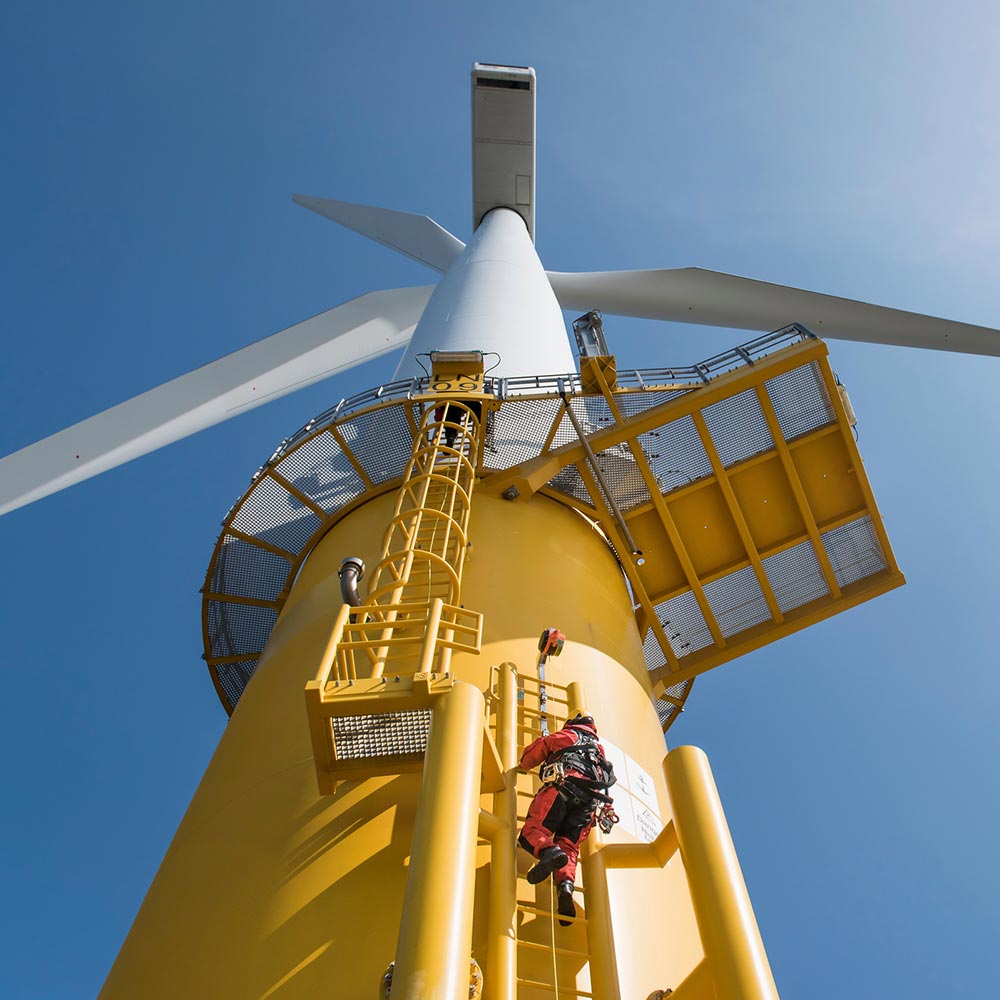
Zurich Resilience Solutions
Managing risk. Unlocking opportunity.
Our Climate Resilience experts help you identify and manage climate risks, and prepare you for climate reporting.
